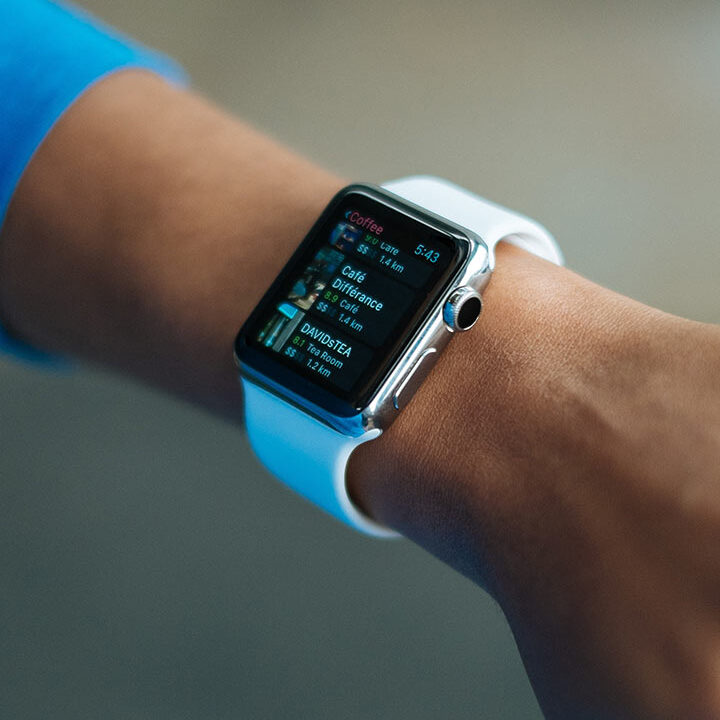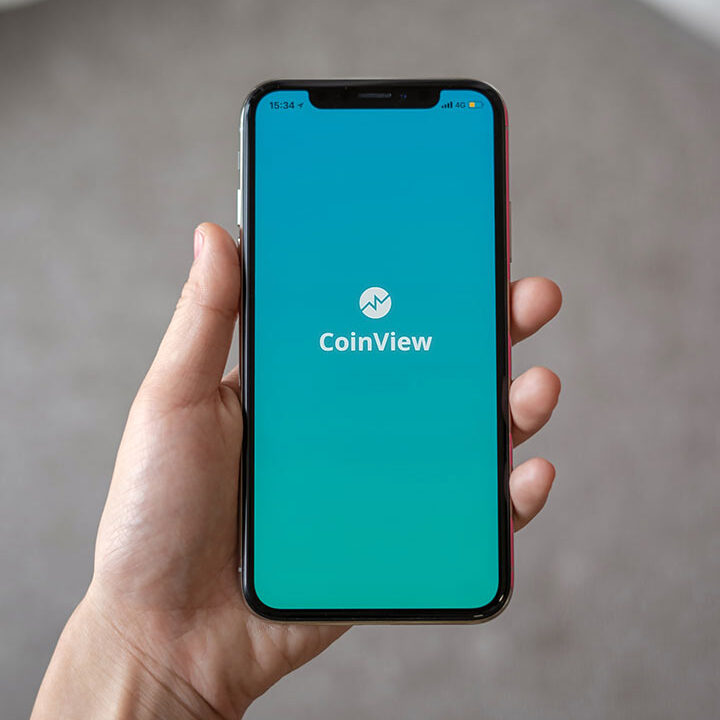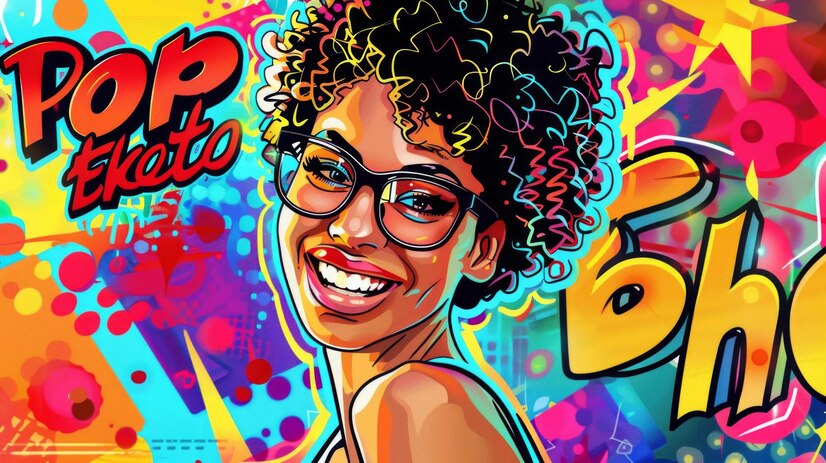The Influence of Kenyan Music on Global Pop Culture
The Influence of Kenyan Music on Global Pop Culture
Kenyan music, with its rich diversity and dynamic evolution, has been steadily growing in influence, making waves both on the African continent and on the global stage. From traditional African rhythms to modern genres like Benga, Kapuka, Genge, and Gengetone, Kenya’s music scene is as varied as its people. Over the years, the country has not only produced distinctive local sounds but has also played an influential role in shaping global pop culture. Kenyan musicians, producers, and genres have managed to bridge cultural divides, bringing the vibrant sounds of East Africa to the global music audience.
This article explores the impact of Kenyan music on global pop culture, tracing its roots, key figures, collaborations, and the rise of digital platforms that have enabled Kenyan music to achieve international recognition.
The Roots of Kenyan Music in Global Culture
Kenyan music is deeply rooted in the country’s diverse ethnic traditions, with more than 40 ethnic groups contributing to a wide variety of musical styles. Before modern musical genres emerged, traditional Kenyan music played a key role in communal rituals, storytelling, and cultural preservation. Each community had its own unique sounds, instruments, and rhythms, which became the foundation for modern Kenyan music.
One of the most important early modern genres in Kenya was Benga, which emerged in the 1960s. Benga was a genre that uniquely combined the fast-paced, rhythmic patterns of traditional Luo music with modern instruments such as the electric guitar and bass. The pioneers of Benga, like George Ramogi and D.O. Misiani, helped to spread this distinctive sound across East Africa, and it quickly gained popularity in Tanzania, Uganda, and beyond.
The rhythmic intricacies of Kenyan music, especially Benga, have had a lasting influence on African pop culture. Benga’s fast tempos, guitar riffs, and storytelling style helped lay the groundwork for many other East African music genres, influencing not just local musicians but also international artists who would later adopt elements of African music into their own work.
Kenyan Music’s Rise to Global Prominence
Over the past few decades, Kenyan music has grown in influence, in part due to the increasing globalization of African music. The advent of digital platforms, social media, and music streaming services has enabled Kenyan artists to reach audiences around the world, creating new opportunities for exposure and collaboration.
One of the most significant players in this global rise is Sauti Sol, a Nairobi-based Afro-pop band. Formed in 2005, Sauti Sol has become one of Kenya’s most successful musical exports. Their unique blend of Afro-pop, R&B, and traditional African rhythms has gained them international acclaim, earning numerous awards, including an MTV Africa Music Award and nominations for the BET Awards. Their music has transcended borders, appealing to audiences in Europe, the United States, and beyond.
Sauti Sol’s international success has helped to shine a spotlight on Kenyan music and open doors for other artists. Collaborations with global superstars like Burna Boy, Tiwa Savage, and India Arie have further cemented their place on the world stage. Their music, which often incorporates themes of love, social justice, and pan-Africanism, has resonated with global audiences, proving that Kenyan music is both culturally rich and commercially viable.
The Emergence of Genge and Kapuka: Shaping Youth Culture
In the early 2000s, the emergence of Genge and Kapuka, two distinctly Kenyan urban genres, marked a new phase in the global influence of Kenyan music. These genres, which combined African beats with elements of hip-hop, reggae, and dancehall, became the voice of urban youth in Kenya and beyond.
Genge, spearheaded by artists like Jua Cali and Nonini, used Swahili and Sheng (a mix of Swahili, English, and local dialects) to express the experiences of Nairobi’s urban youth. The raw energy of Genge resonated not only in Kenya but also with African diasporas around the world, particularly in the United States and Europe. Genge artists addressed social issues like poverty, unemployment, and identity, offering a voice to those often left out of mainstream narratives.
Kapuka, with its more polished and danceable sound, gained widespread appeal through artists like Nameless, E-Sir, and Mejja. The genre’s infectious beats and catchy hooks made it popular in East Africa and beyond. Kapuka’s rise coincided with the increased presence of African music on global platforms, helping to shape the image of modern African pop culture on the global stage.
The Gengetone Wave: Kenya’s Latest Global Export
More recently, Gengetone has emerged as the latest Kenyan genre to make waves globally. Gengetone is a raw, fast-paced, and youth-driven genre that blends Swahili, Sheng, and heavy beats, often accompanied by edgy, sometimes explicit, lyrics. Pioneered by groups like Ethic Entertainment, Sailors, and Boondocks Gang, Gengetone exploded onto the Kenyan music scene in the late 2010s.
Though initially dismissed by critics for its brashness, Gengetone’s unfiltered reflection of Nairobi’s urban youth culture has garnered a massive following, both locally and internationally. With the rise of platforms like YouTube and TikTok, Gengetone artists have been able to quickly disseminate their music and amass millions of views, gaining recognition far beyond Kenya’s borders.
TikTok challenges featuring Gengetone tracks have gone viral, with users from around the world participating in dance routines and creating content around the genre. The viral nature of social media has enabled Gengetone to transcend geographical boundaries and become part of global youth culture, offering a unique perspective on the modern African experience.
Kenyan Music’s Influence on Global Collaborations
The international appeal of Kenyan music has also fostered collaborations with global artists, further embedding Kenyan sounds in the global music scene. Kenyan artists are now regularly collaborating with musicians from the United States, the Caribbean, Nigeria, South Africa, and other parts of the world.
One notable example is Victoria Kimani, a Kenyan-American artist who blends Afrobeat with R&B and hip-hop. Her work bridges the gap between Kenyan and global music, as she frequently collaborates with Nigerian and American artists, bringing Kenyan sounds into mainstream pop culture.
In addition, collaborations between Kenyan artists and internationally recognized African musicians like Burna Boy, Wizkid, and Diamond Platnumz have helped increase the visibility of Kenyan music on the global stage. The success of these partnerships underscores the role of Kenyan music in shaping the broader Afrobeats and Afro-pop movements, which have gained massive international traction in recent years.
The Role of Technology and Social Media
The globalization of Kenyan music would not have been possible without the advent of technology and social media platforms. In the pre-digital era, Kenyan artists struggled to break into the international market due to limited access to global distribution channels. Today, platforms like YouTube, Spotify, Apple Music, and Boomplay allow Kenyan musicians to distribute their work to a global audience, reaching listeners who would otherwise have had little exposure to African music.
YouTube has been a particularly important tool for Kenyan artists, allowing them to showcase their music videos and performances to a worldwide audience. Artists like Otile Brown, Nyashinski, and Willy Paul have leveraged YouTube’s platform to amass millions of views, earning global recognition.
Additionally, social media platforms like Instagram, Twitter, and TikTok have become key promotional tools for Kenyan musicians. Through these platforms, artists
can directly engage with fans, promote their music, and participate in viral trends that transcend borders. For example, Gengetone artists have used TikTok to fuel viral dance challenges, while more established artists like Sauti Sol and Khaligraph Jones have used Instagram and Twitter to announce new releases, tease collaborations, and engage with international fans and media outlets.
Streaming services like Spotify and Apple Music have also played a significant role in pushing Kenyan music to the global forefront. With curated playlists featuring African genres like Afrobeats, Amapiano, and Gengetone, these platforms allow listeners from across the globe to discover Kenyan music. This ease of access has helped increase streams and downloads, boosting the international presence of Kenyan artists.
Kenyan Music in the Diaspora
The Kenyan diaspora has also been instrumental in spreading Kenyan music across the globe. Kenyans living in countries such as the United States, the United Kingdom, and Australia have introduced local sounds to their new communities, often playing a key role in the growth of African music festivals, concerts, and radio stations that feature Kenyan music.
For example, events like Africa Day celebrations and AfroNation festivals often feature Kenyan artists, providing a platform for them to perform in front of international audiences. These events also help showcase Kenya’s unique blend of modern and traditional music, allowing global listeners to appreciate the country’s rich musical heritage.
Kenyan DJs and radio personalities living abroad, such as DJ Fully Focus and DJ Edu, have also played a key role in spreading Kenyan music in the diaspora. Through their radio shows, mixes, and online presence, they’ve helped introduce Kenyan music to international listeners, making it more accessible and appreciated.
Kenyan Music’s Cultural Impact on Global Trends
Kenyan music has also had a broader cultural impact on global trends, influencing everything from fashion to dance. For instance, the Sheng language, which is often used in Genge and Gengetone music, has become a defining feature of modern African urban culture. Its slang, rhythms, and expressions are now recognized in various parts of the world, influencing not just other African countries but also pop culture globally.
In addition to language, Kenyan music videos have set trends in fashion and dance. Gengetone’s bold, street-inspired fashion and energetic dance routines have been emulated in various parts of Africa and beyond. The Odi dance, for example, which originated in Kenya, has gone viral across the continent and was even adopted in music videos by artists from outside Kenya.
Moreover, Kenyan music continues to be sampled and remixed by international DJs and producers, with elements of Benga, Genge, and Gengetone showing up in global hits. The cross-pollination of sounds highlights the broader influence of Kenyan music on global pop culture and its ability to inspire creativity beyond its borders.
Conclusion
Kenyan music has come a long way from its traditional roots to becoming a major influence on global pop culture. Genres like Benga, Genge, and Gengetone have not only shaped the local music scene but also left a lasting impact on the international music industry. With the help of technology, social media, and a thriving diaspora, Kenyan artists have found ways to bring their unique sounds to a global audience.
As Kenyan music continues to evolve and gain popularity, it will undoubtedly inspire and influence even more global trends. Its vibrant rhythms, rich storytelling, and youthful energy ensure that Kenya will remain a key player in shaping the future of music and pop culture on a global scale.








